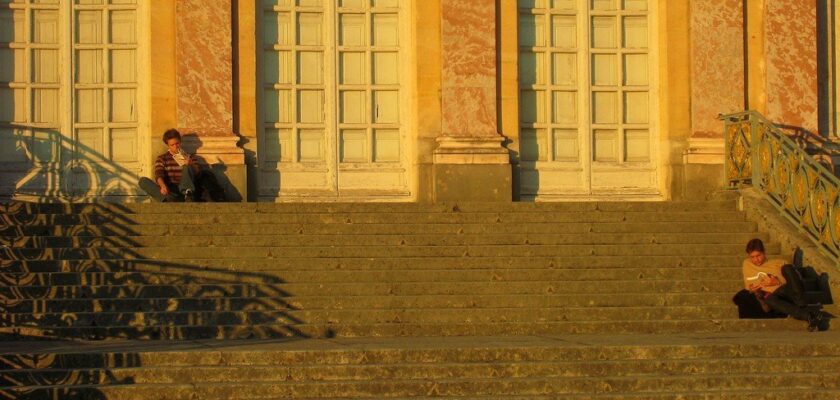Palace of Versailles
Palace and Park of Versailles is a luxurious palace and park ensemble located in the suburbs of Paris. This architectural monument is known for its gardens, fountains, luxurious interiors, and most importantly for its extraordinary size, as Versailles is the largest palace in Europe. Just think: the Palace of Versailles can accommodate 20,000 people at a time!
.The facade facing the park is 570 meters long. Visually, it is dominated by horizontal lines, and only graceful pilasters deliberately break this rhythm. The huge Hall of Mirrors occupies almost the entire space of the first floor of the main building. A graceful gallery divides it into two salons: one for war (de la guerre) and one for peace (de la paix).
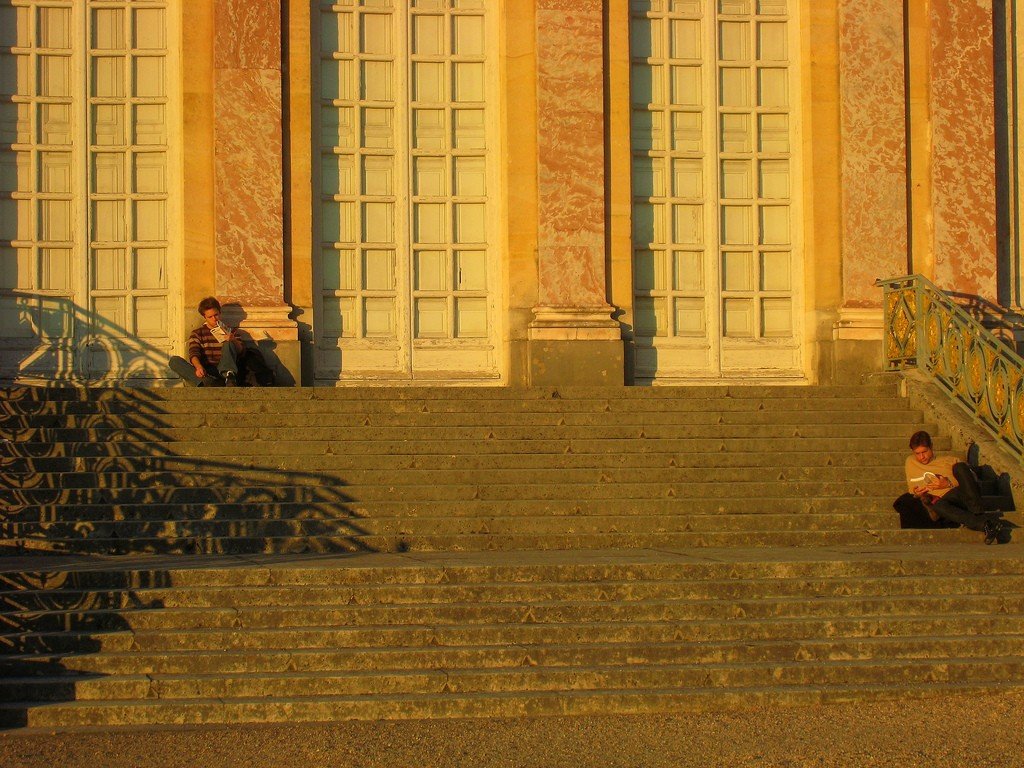
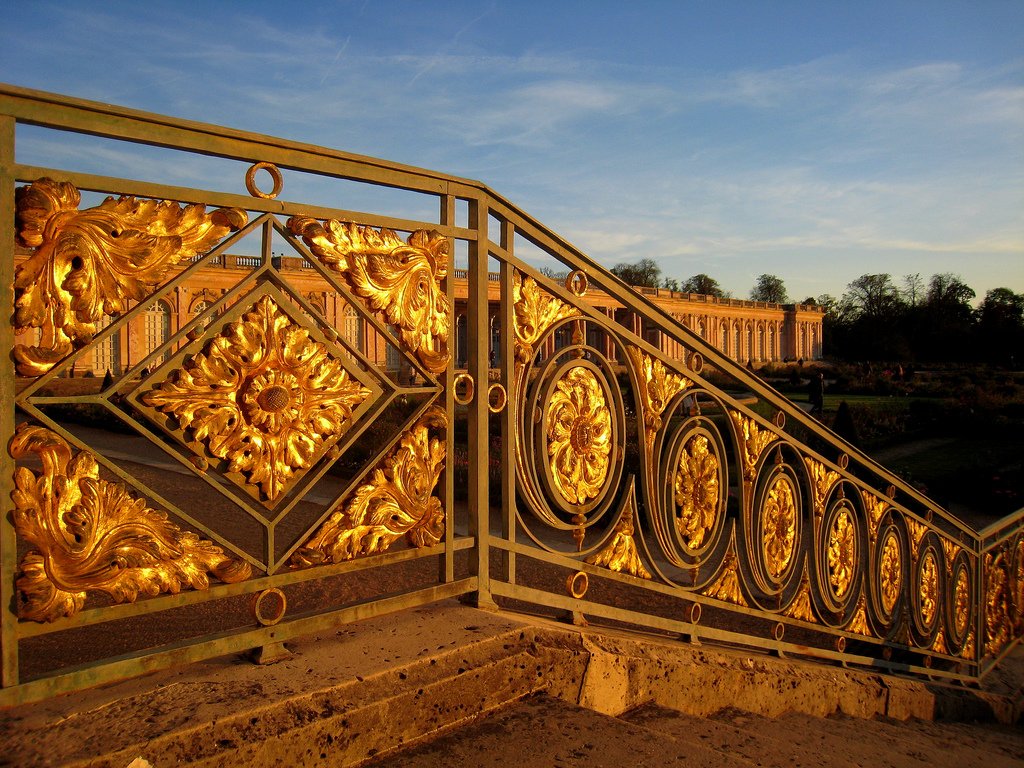
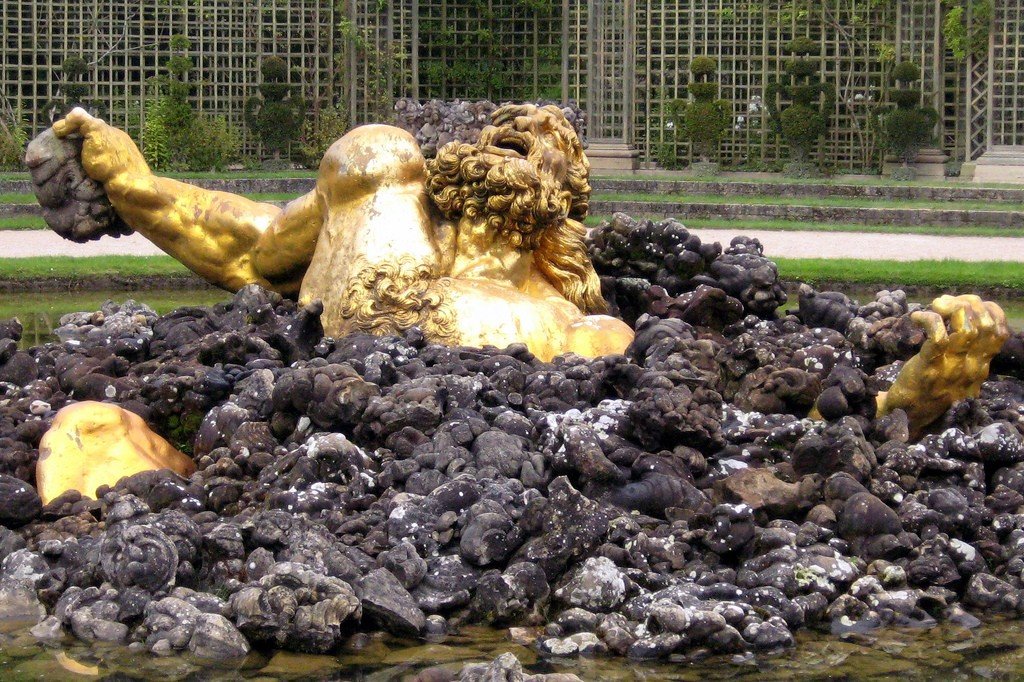
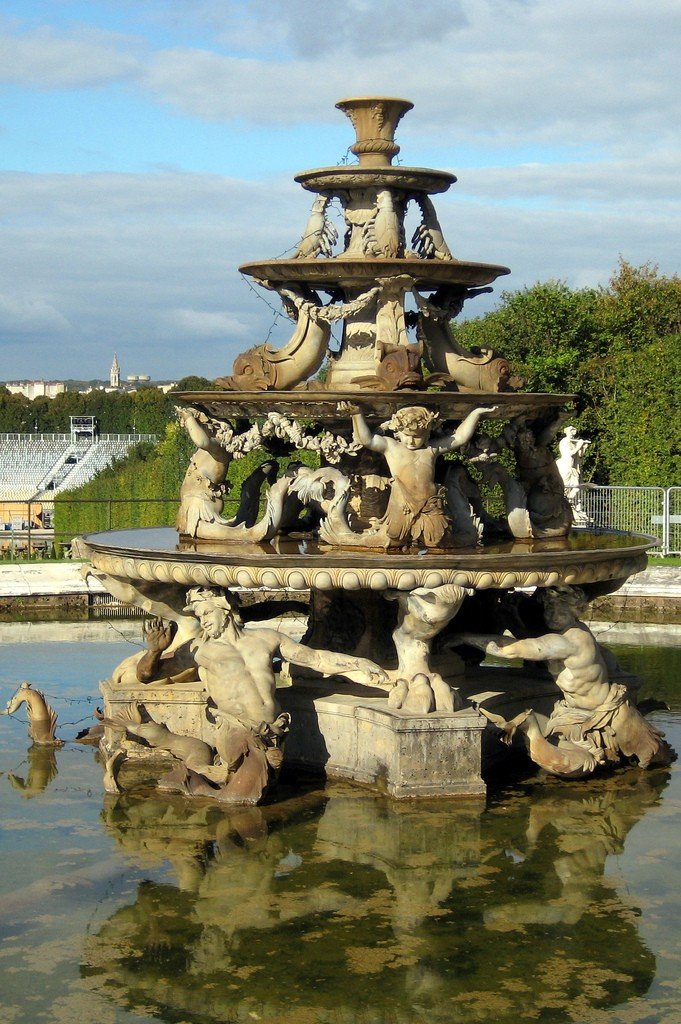
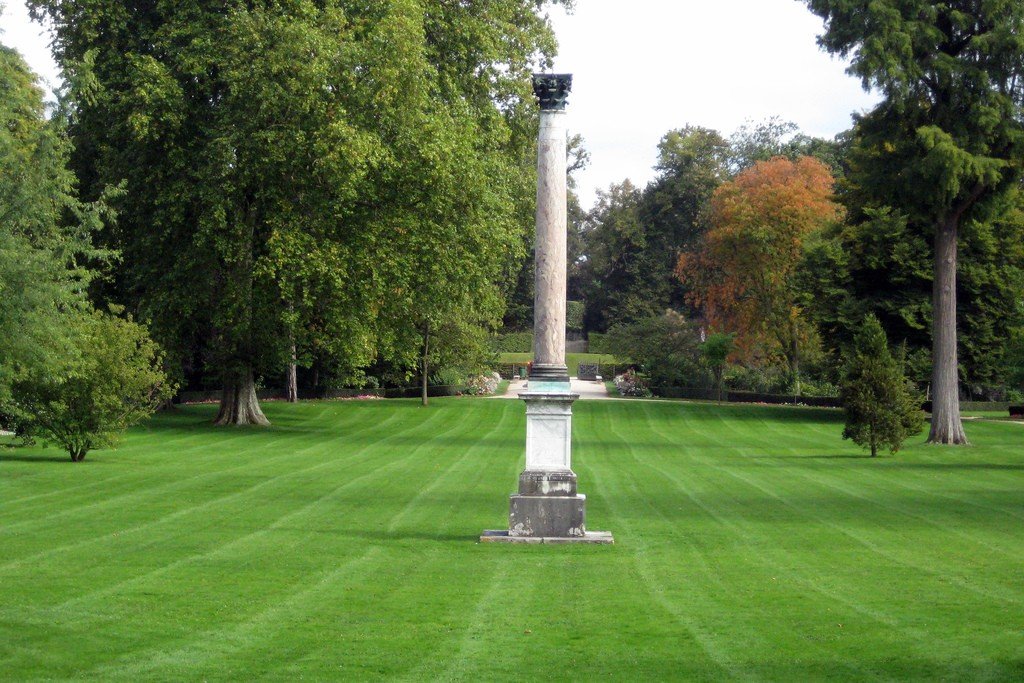
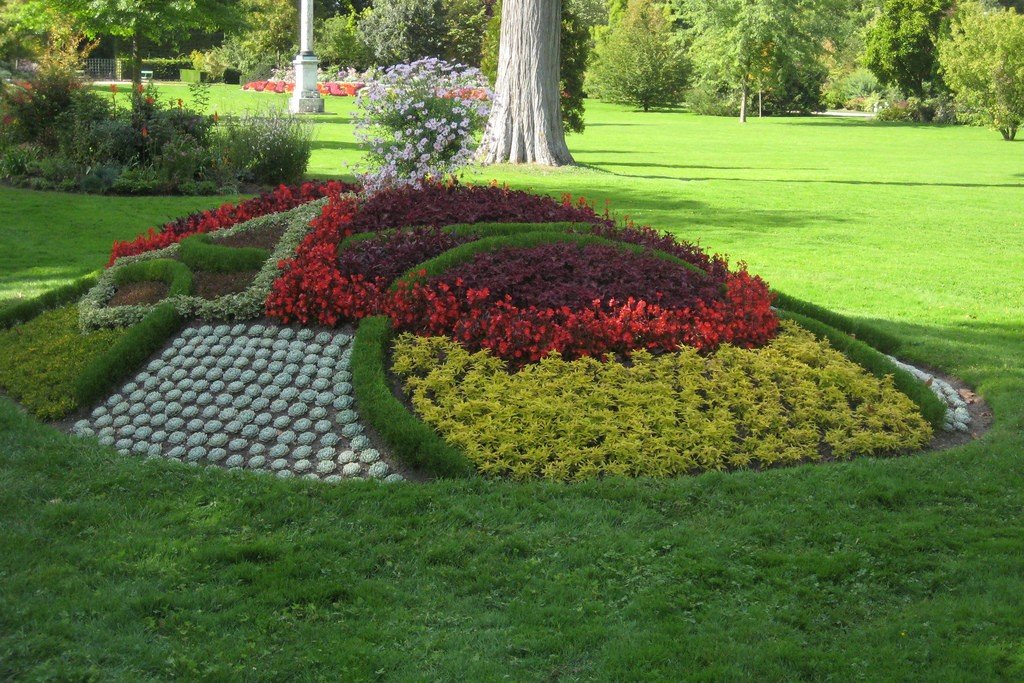
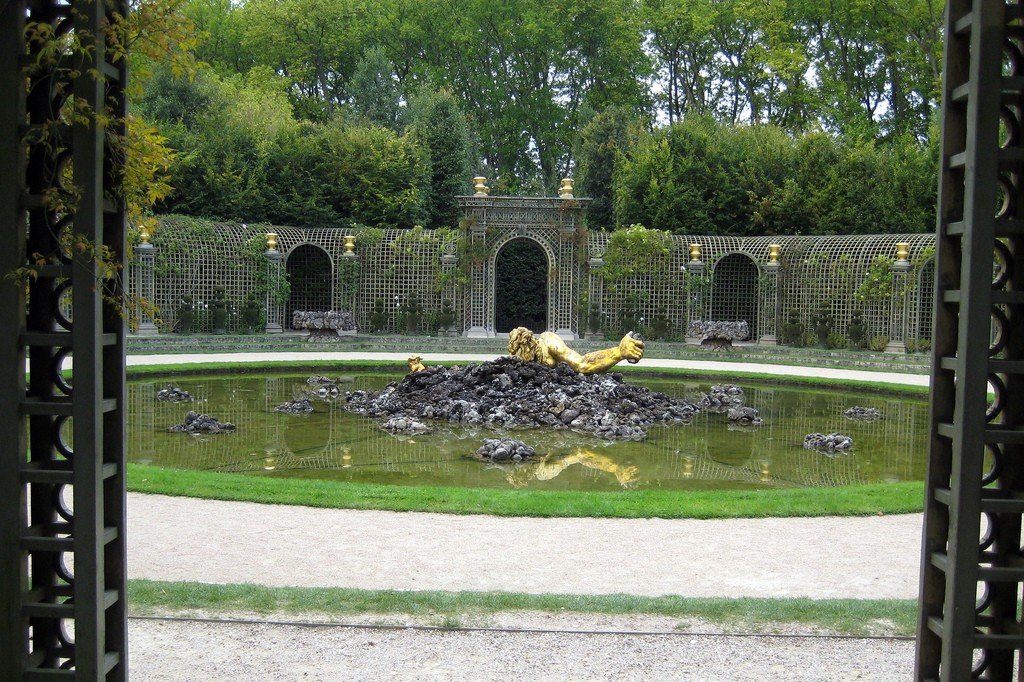
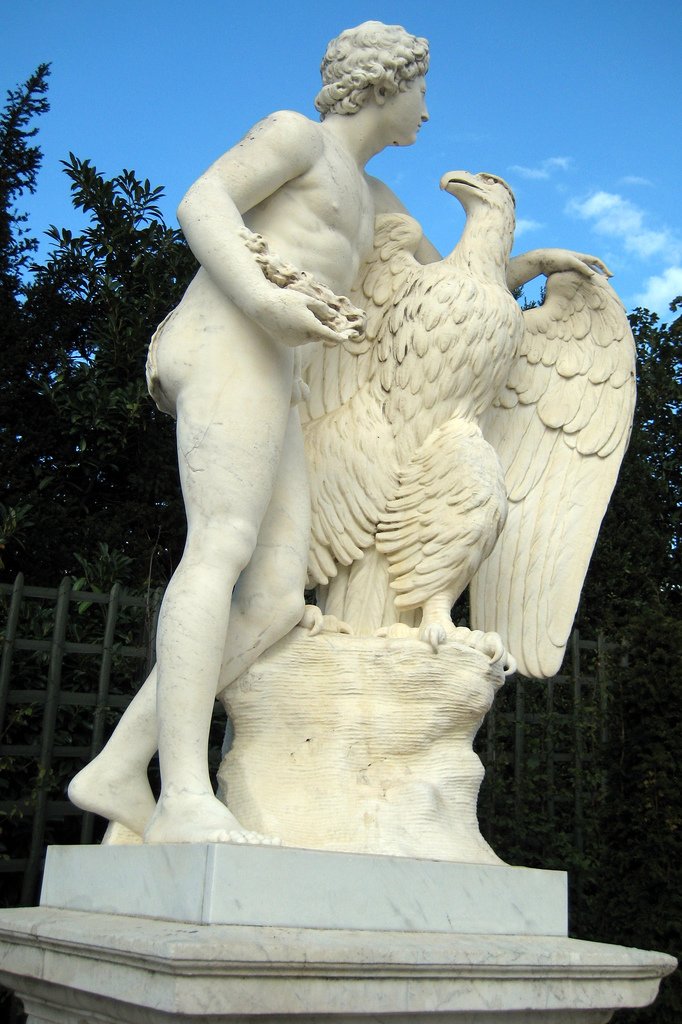
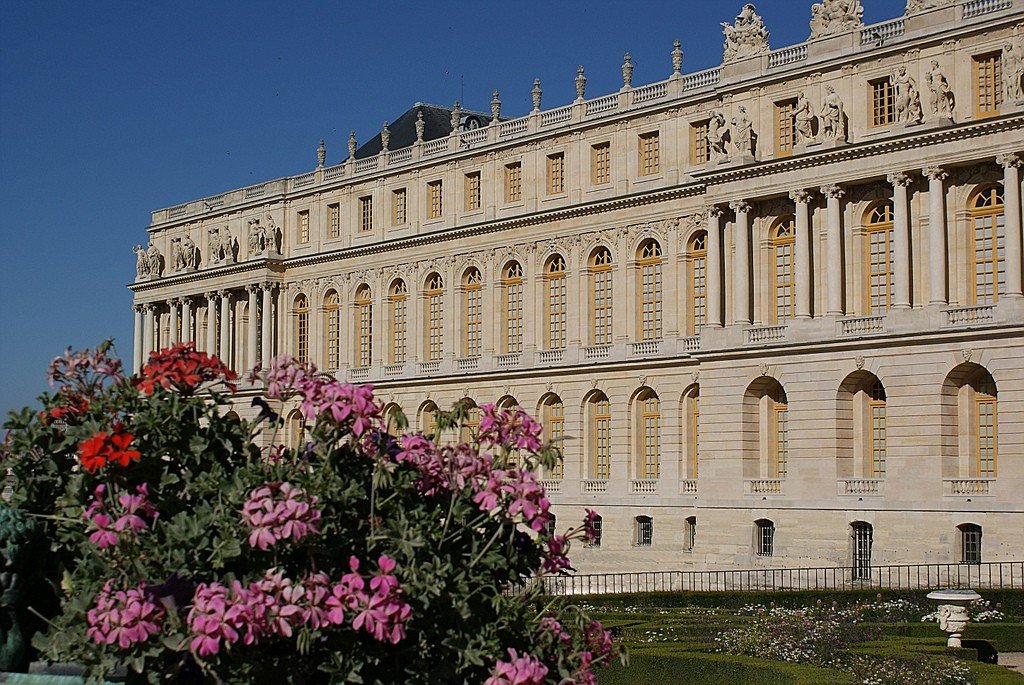
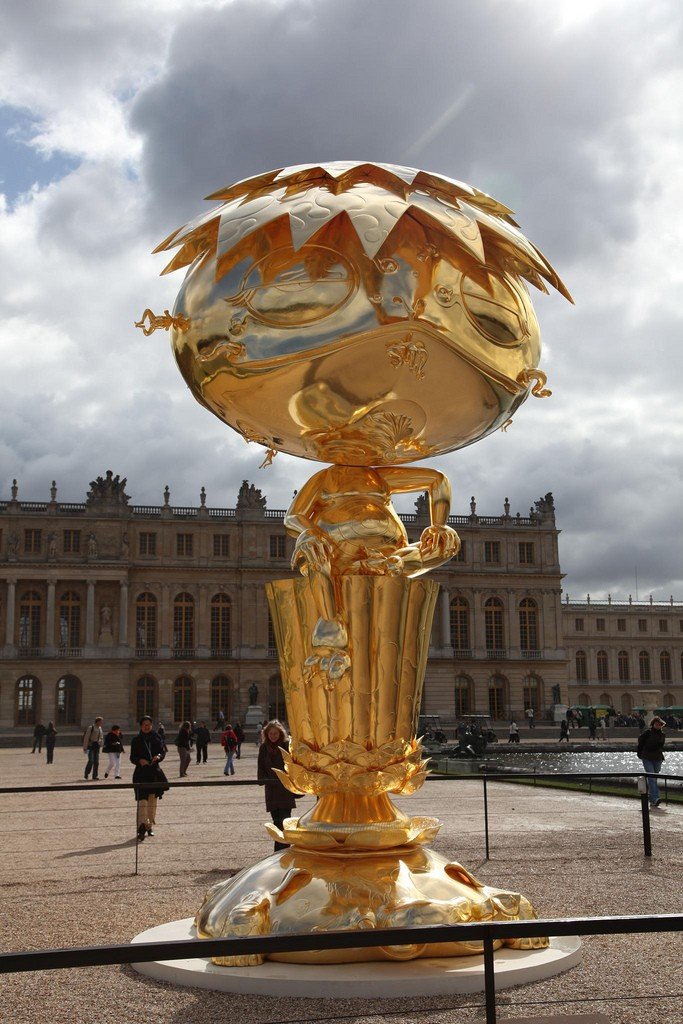
What to watch
Of course, the main attraction of the Versailles palace and park ensemble is the palace itself. At the entrance to Versailles you will receive a plan of the palace, which you can use to plot your route. In the Palace of Versailles you should definitely visit the Royal Chapel, which is among the most beautiful architectural monuments of the Baroque era. After passing through the chapel and a network of shining gilded and crystal rooms, you will find yourself in the throne room and the famous Mirror Gallery, where the Treaty of Versailles was signed after the First World War. In addition, a must-see is the Queen’s Quarters in the north wing of the palace, where almost every square centimeter of the walls and ceiling is decorated with gilding.
.Every room in the palace was given a symbolic meaning, and no room – even in the apartments reserved for courtiers or members of the royal family – remained private. The center of the palace was not the throne room or the study. Much more importance was attached to what took place in the monarch’s bedchamber. Here the most important ceremonies took place every day, and no one dared to be embarrassed by the nakedness of their majesties. Such a ceremony required at least a hundred courtiers, who were trained to perform elaborate choreographed rituals.
.Of course, you can enjoy the luxury of the palace’s interior decoration, but you can spend a whole day strolling through the park of the Palace of Versailles. Manicured gardens, fragrant flowerbeds, musical fountains – there is everything to please the aesthetic sense. In addition, in the park of Versailles there are two more palaces: the Grand Trianon (a palace in the Italian architectural style) and the Petit Trianon (a more modest structure designed for the famous favorite of Louis XV Madame de Pompadour). The park is also home to Marie Antoinette’s Village, a small thatched-roof farmhouse. The modest decoration of the Petit Trianon and the elegant asceticism of Marie Antoinette’s village will give your eyes, tired of the glow of the Palace of Versailles, a welcome rest, and the fountains synchronized with music will be a real treat for your ears.
.Tourists
The Palace of Versailles is located about 13 kilometers southwest of Paris. The easiest way to get to Versailles is by metro (RER) on the C line – you will need to take the Versailles – Rive Gauche station, which is close to the palace itself. There are also trains to Versailles from Gare Montparnasse (Versailles Chantiers station) and Gare St-Lazare (Versailles – Rive Droite station). Metro and train tickets cost the same – 2.80€ one way.
.The opening hours of the Versailles Palace and Parks vary in high and low seasons, so before traveling to Versailles, be sure to check the palace’s website: http://www.chateauversailles.fr/homepage. The site is available in several languages, but Russian is not one of them.
.You can buy tickets on the palace’s website, in FNAC stores (http://www.fnac.com/localiser-magasin-fnac/w-4), at the tourist office located near the Versailles – Rive Gauche station, and finally at the palace’s ticket office.
.When buying tickets to Versailles, it is very important not to get confused as they have many varieties. First, you can visit the palace with a museum card – Paris Museum Pass (http://en.parismuseumpass.com/). You can also visit many other Parisian attractions with this card, but unless you’re going to get around all the museums in Paris in a short period of time, it just won’t pay off.
.A full ticket to Versailles costs 25€ on days when the fountains are open and 18€ when the fountains are not. For 15€ you can visit the Palace of Versailles separately with its famous Mirror Gallery, the king’s and queen’s chambers, frescoes, paintings and sculptures.
.
In addition to the main palace, the Palace Complex of Versailles also includes the Grand Trianon and Petit Trianon and Marie Antoinette’s village. A ticket to both the Trianon and Marie Antoinette’s Village can be purchased for 10€.Entrance to the Versailles Park is free, but will cost you 8.5€ on fountain days.
.
If you go to Versailles in the summer, don’t forget to bring a hat or cap: there is little shelter from the sun in the gardens, so you can easily overheat.
.History
Nowadays, it is hard to even imagine that in the early 17th century, there were swampy marshes on the site of the current Palace of Versailles, whose gardens are amazingly well-maintained. But despite such unfavorable natural conditions, this area southwest of Paris attracted the attention of Louis XIII, who in 1624 ordered to build a small hunting castle here. And in 1661 this castle was remembered by Louis XIV, who thought it was not safe for him to stay in Paris.
.
According to legend, when King Louis XIV was only 5 years old, while walking through the picturesque Tuileries garden, he looked into a puddle. The water reflected the sun. “I am the sun!” – shouted the boy joyfully. From that day on, the subjects and family affectionately called Louis “the Sun King.” Even in his youth, he dreamed of something big, perfect and unique, something that would amaze the whole of Europe – better than the Louvre, Vincennes and Fontainebleau put together.It took Louis XIV 50 years to realize his dream! “Sun King” turned his father’s hunting castle into the largest palace in Europe! The interior decoration was entrusted to the painter Charlevy Lebrun and the design of the gardens to André Lenôtre.”
.
The “Sun King” was able to arrange a truly sun-like palace at Versailles, worthy of his greatness. Eight hundred hectares of marshes, on which the king’s father was so fond of hunting, were drained, and their place was taken by luxurious gardens, parks, alleys and fountains.”
.In 1682, Louis XIV was no longer comfortable in familiar Paris, and the monarch decided to move to Versailles. At that time, the palace was not yet fully completed, and in general not quite suitable for life, but the autocrat was adamant. The king has dreamed of the Palace of Versailles for so long that he can no longer wait – and the entire royal court is forced to follow Louis.
The palace complex of Versailles was created to glorify France, and this original plan was successfully realized. The opulence of the interior decoration, the perfect gardens and alleys, the luxurious fountains, the scale of the palace and park ensemble, all made the guests of the French court swoon in admiration.
The Palace of Versailles was the center of French political life until the Great French Revolution in 1789. Along with the fall of the autocracy symbolized by Versailles, the palace began to fall into disrepair.
.
Interesting facts
- The Palace of Versailles is number 83 on the UNESCO World Heritage List.
- The fountains are synchronized with music, making for a completely unforgettable experience.
- In the summer, on Saturdays, the fountains are synchronized with music.
- In summer, Saturday evenings are light shows with fountains and fireworks.
- October 5, 1789: Revolutionaries expelled King Louis XVI from the Palace of Versailles.
- CXIXth century: Active restoration and conservation of the building began, which is still unfinished to this day. .
- January 18, 1871: In the Hall of Mirrors, King Wilhelm I of Prussia is crowned Emperor (Kaiser) of Germany. .
- February 26, 1871: A peace treaty is signed at Versailles, ending the Franco-Prussian War. .
- June 28, 1919: The Treaty of Versailles was signed, stipulating the terms for the end of World War I.
